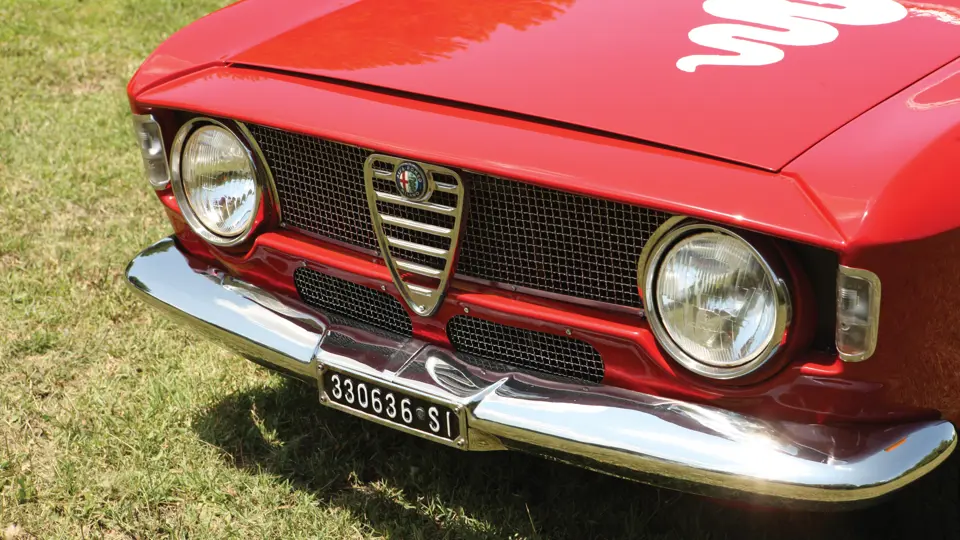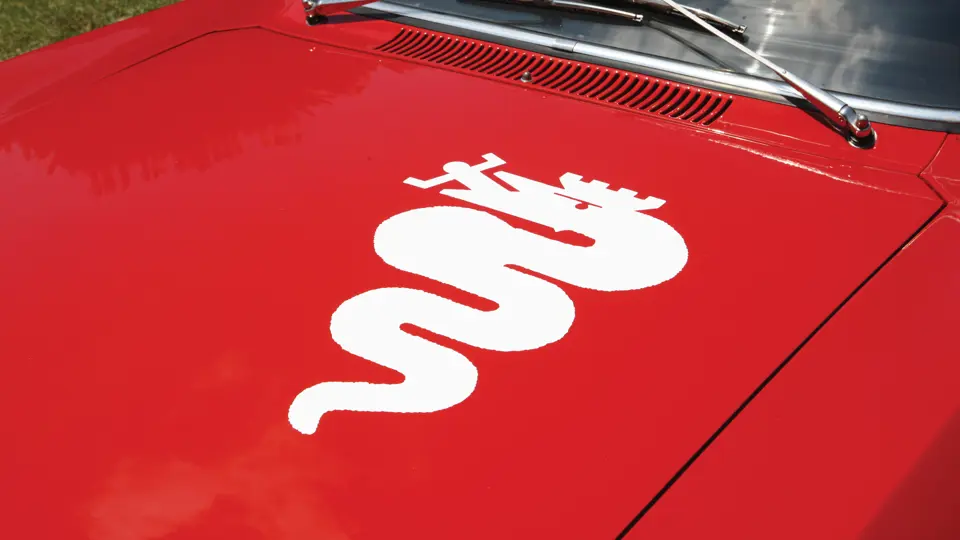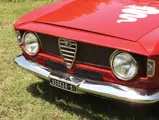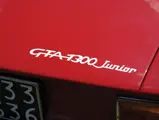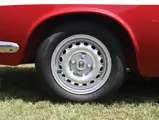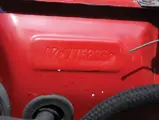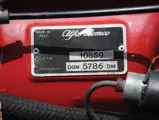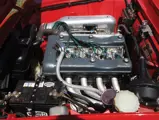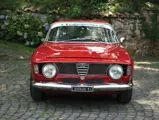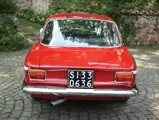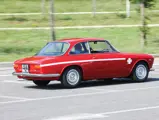110 hp (SAE), 1,290 cc DOHC four-cylinder engine with two Weber carburettors, five-speed manual transmission, independent front suspension with wishbones and coil springs, live rear axle with trailing arms and coil springs, and four-wheel disc brakes. Wheelbase: 2,350 mm
With the introduction of the 1.3-litre 750 series Giulietta in 1954, Alfa Romeo established the “small car, big performance” formula which has characterised the Milanese marque’s finest offerings ever since. The original Giulietta model designations and body styles were carried over into the improved 101 series produced from 1959, and they continued when the range was upgraded to Giulia status in 1962.
The Giulia Sprint GT was launched in 1963 and featured classically stylish four-seater coachwork designed by Bertone’s Giorgetto Giugiaro. At this time, production had moved from Bertone to Alfa’s new production facility at Arese. Beneath the skin, the new coupé utilised the five-speed manual gearbox from the recently introduced 105 series Giulia TI Saloon, as well as an independent front suspension, a coil-sprung live rear axle, and—early cars excepted—disc brakes at all four corners.
The GTA was Alfa Romeo’s response to the Mark 1 Lotus-Cortina that raced with tremendous success throughout 1964 and 1965. Whilst the earlier Sprint GT was fast, it was ultimately too heavy to compete with the specially developed Louis-Cortinas. Carlo Chiti, the head of Alfa Romeo’s Autodelta racing division, provided the answer in the form of the GTA. Weight savings of nearly 450 pounds were realised by replacing the GT’s steel body panels with aluminium. The interior featured a special lightweight dashboard and seats.
Ultimately, the Alfa Romeo Giulia Sprint GTA was the most dominant car of its era in FIA Group 2 touring car racing. The 1300 Junior variation was introduced in 1968 to compete in the new 1,300-cubic centimetre class.
According to Tony Adriaensens’ comprehensive volume Alleggerita, the rare GTA 1300 Junior offered here was first registered on 2 August 1968 in Florence, wearing Italian license plates FI 444634. In June 1971, the car appears to have been re-registered, this time in Arezzo. Several years later, it was acquired by Mr Loro Cuifenna, also a resident of Arezzo. Cuifenna maintained the car until 15 November 1975, when it was purchased by Mr Figline Valdarno. Subsequently, the car was set up for historic racing sometime in the 1990s. Regardless, this lightweight Alfa was never raced competitively, and it returned to stradale specification by the current owner when he undertook a comprehensive restoration.
This exquisite GTA is finished in traditional Rosso Alfa and features the correct livery, as well as the iconic quadrifoglio, the bonnet serpent, and a white stripe running along both sides. The interior, including the dash, upholstery, and headliner, are in excellent condition and appear correct throughout. Under the bonnet, the 1,300-cubic centimetre engine is well detailed and features a period-correct Campoli Elaborazioni ram-air airbox, adding to this car’s already capable performance potential.
Without a doubt, this lightweight GTA 1300 Junior Stradale is one of the finest examples we’ve had the pleasure of offering.
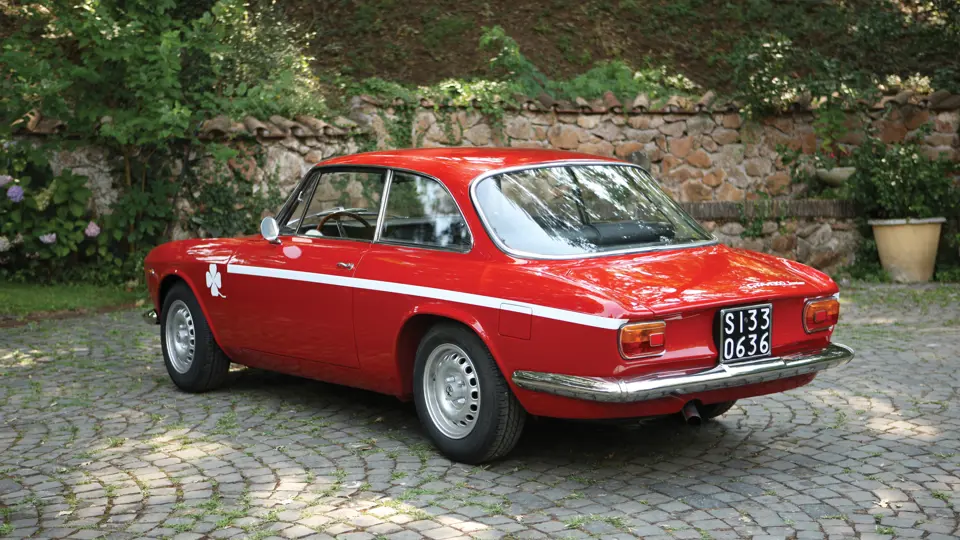



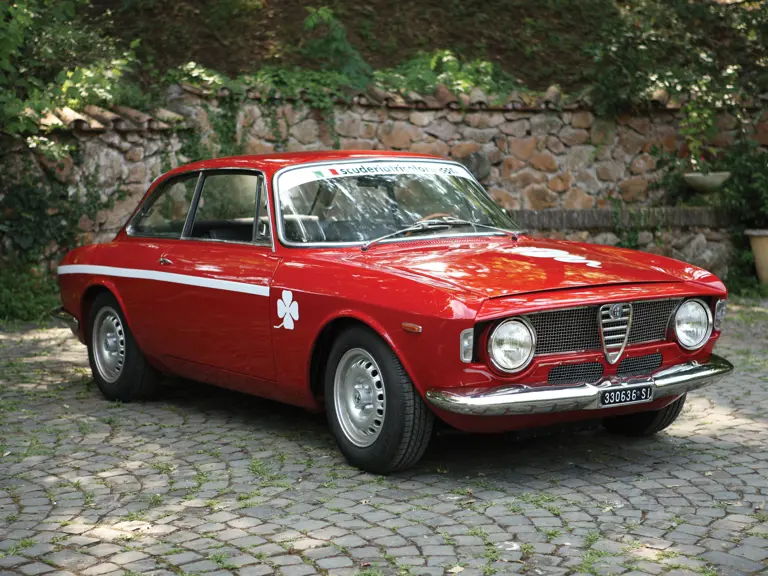
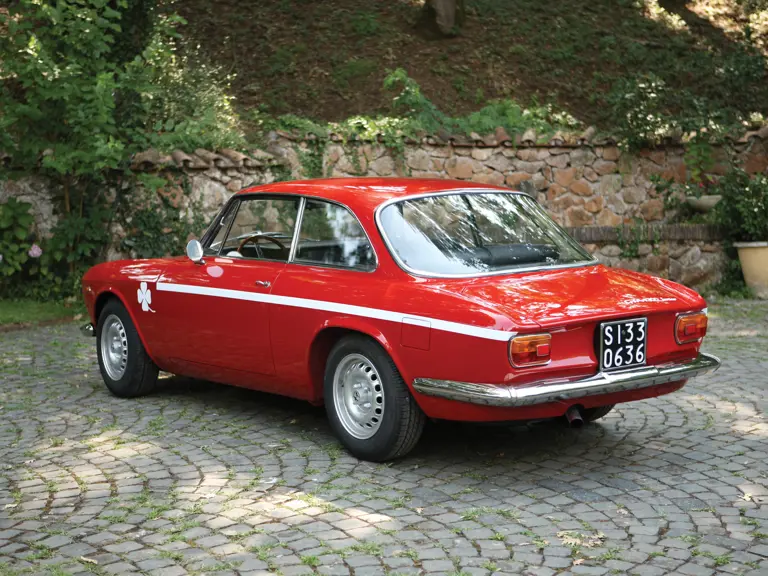
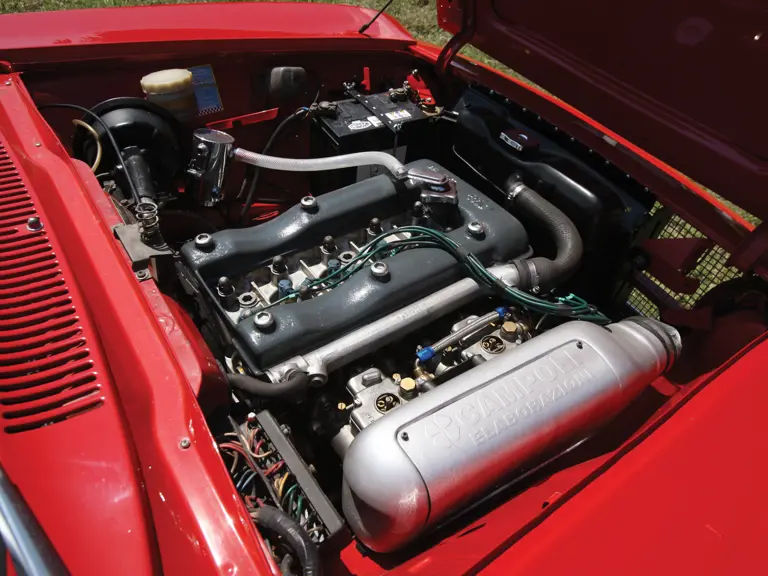
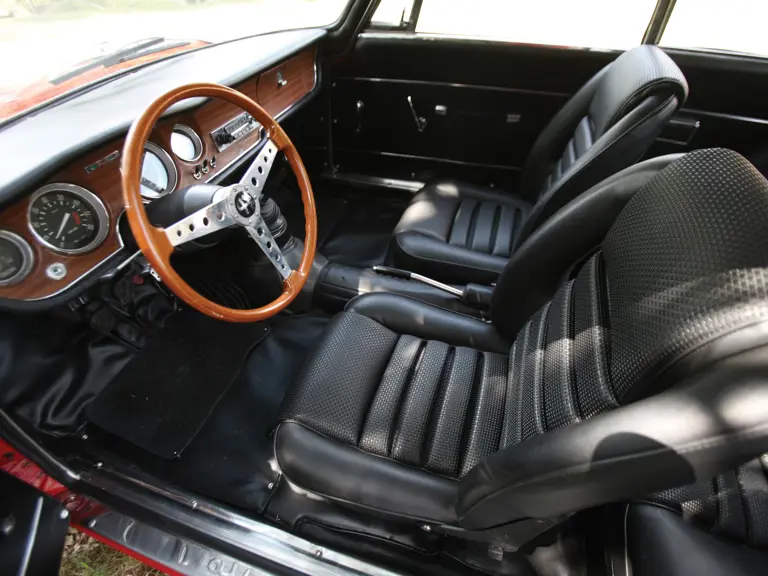
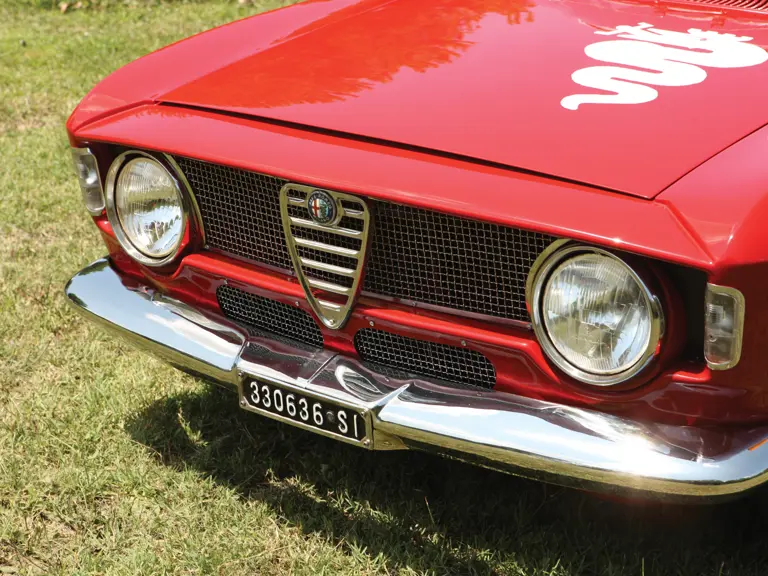
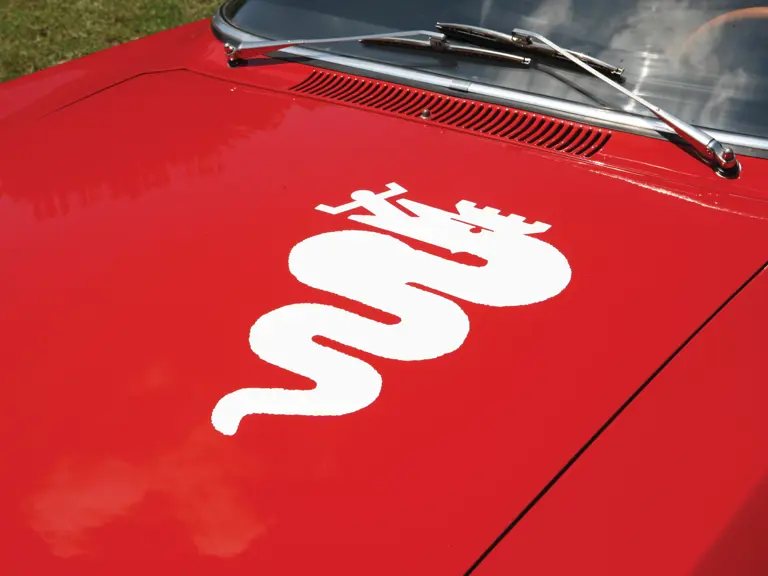
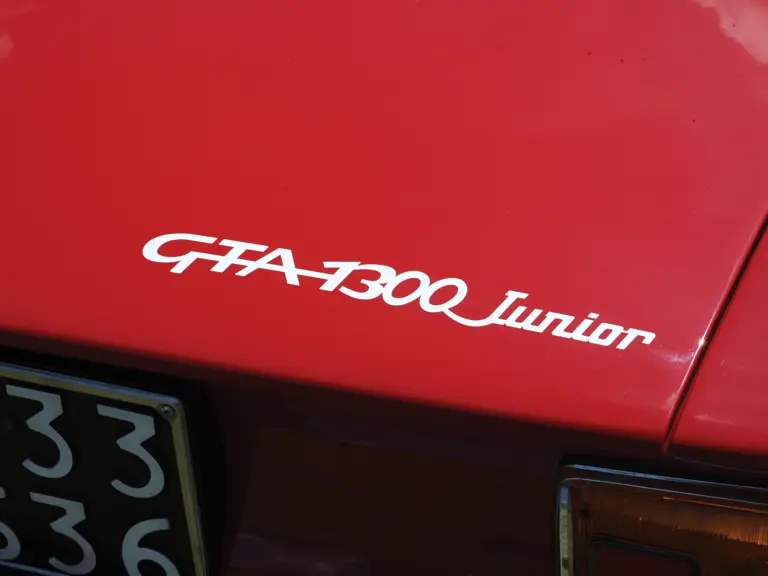
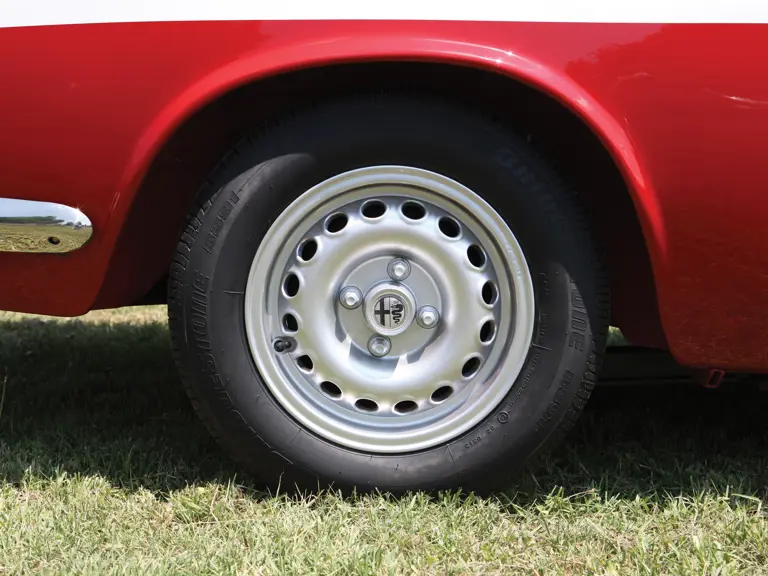

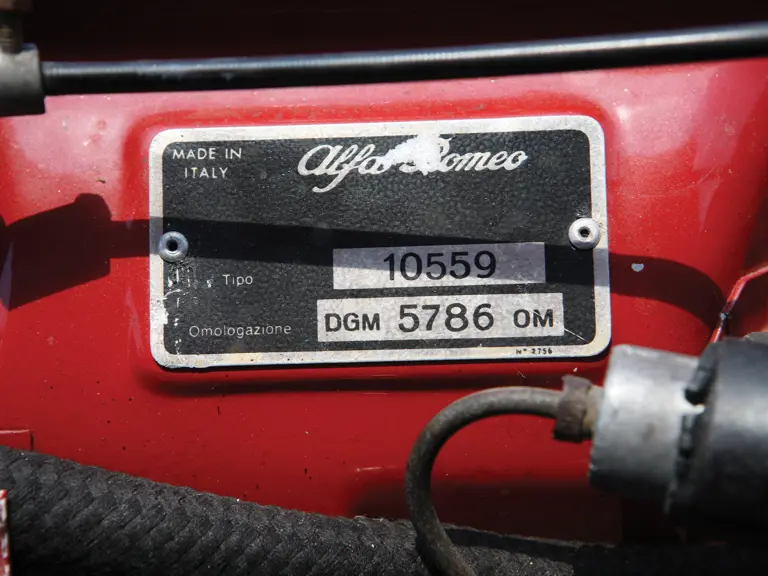
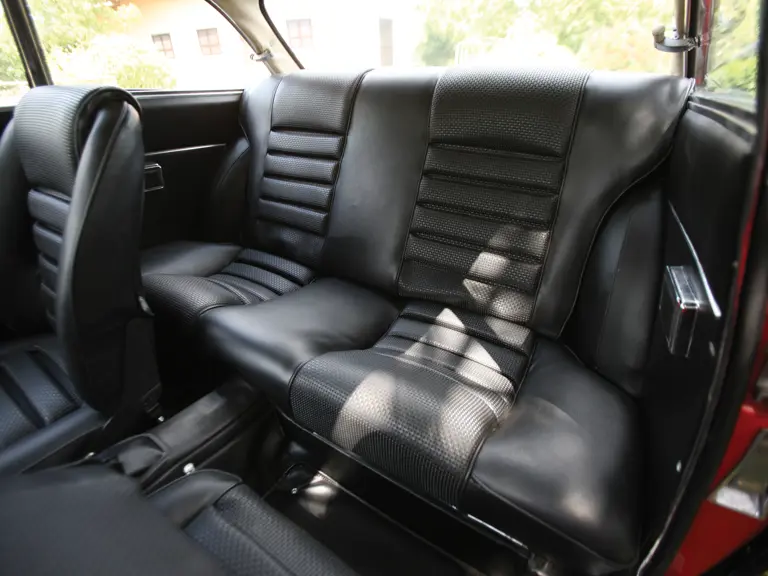
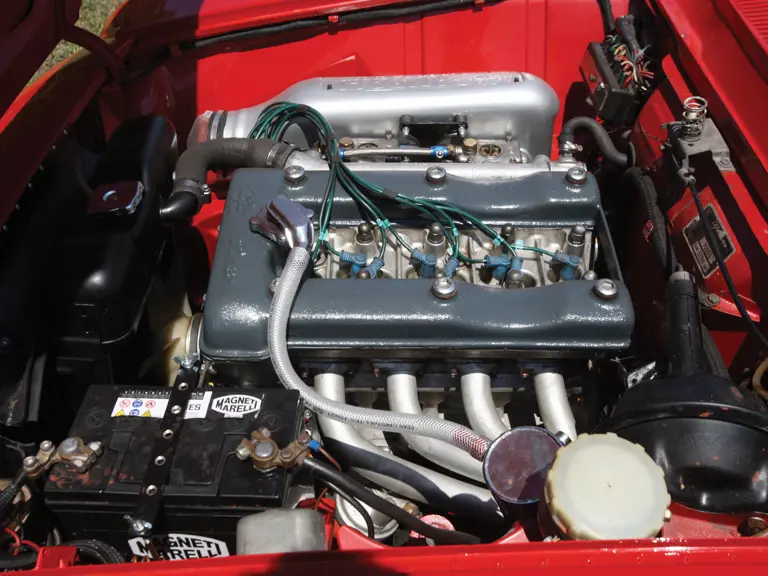
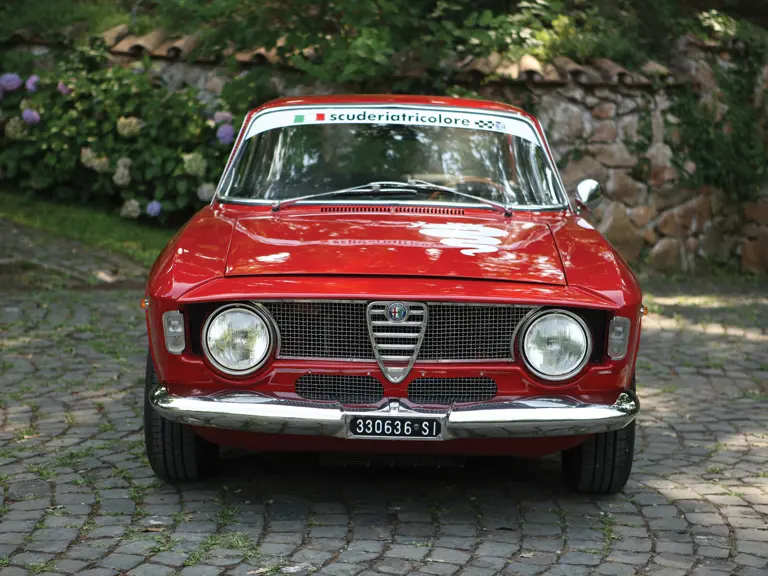
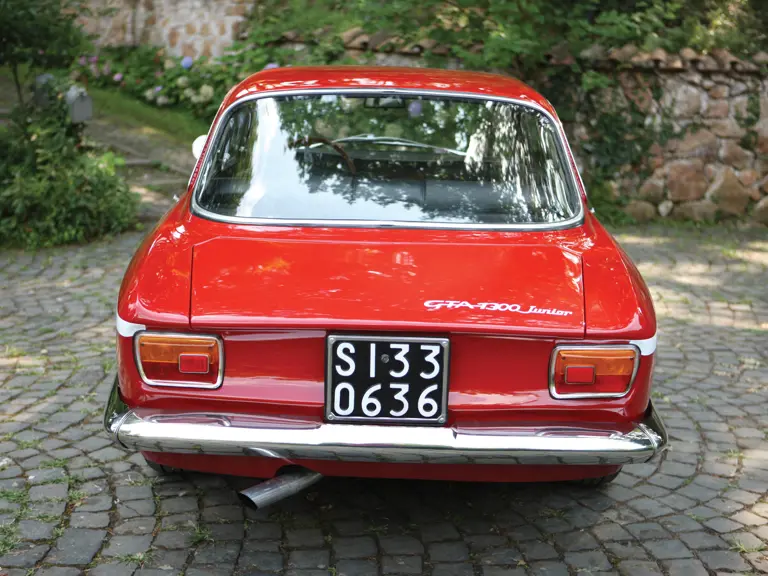
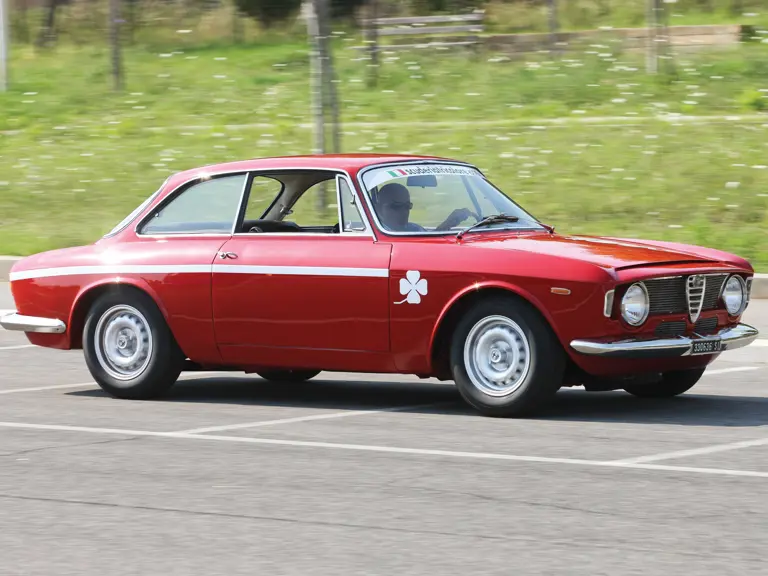
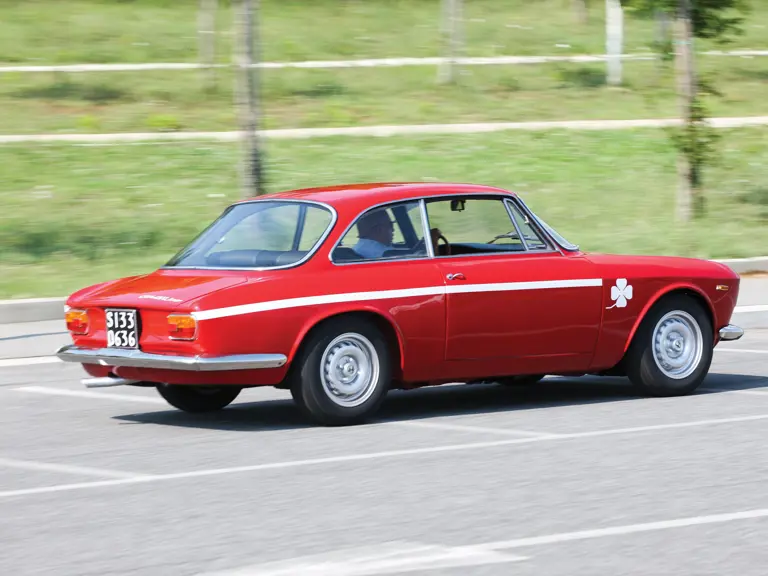
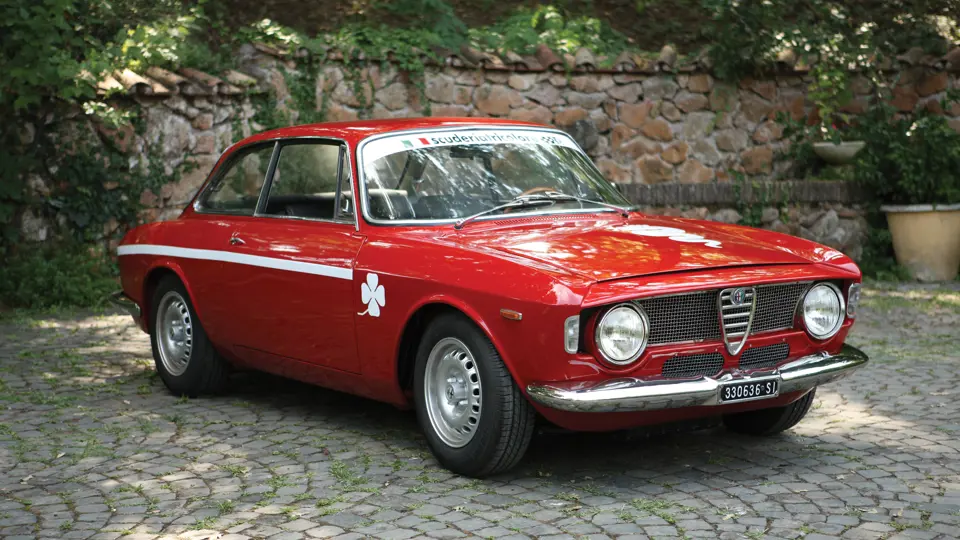
 | London, United Kingdom
| London, United Kingdom
